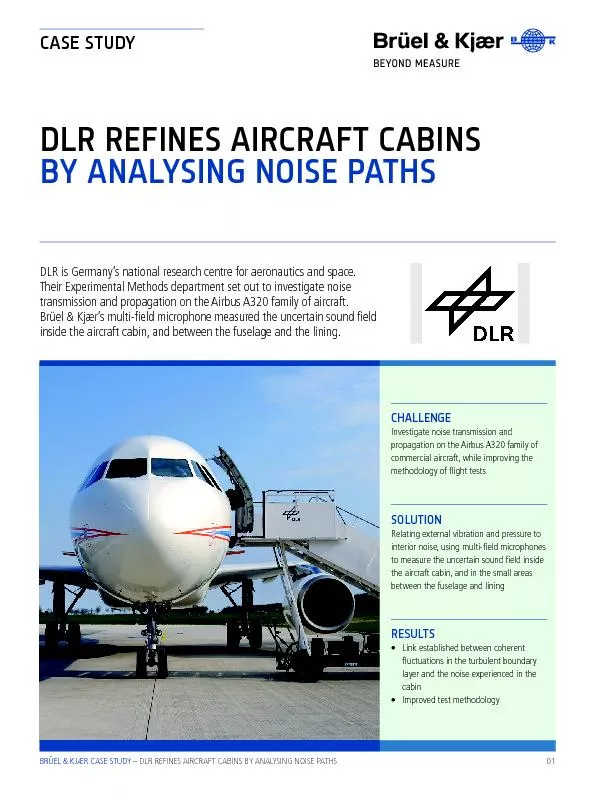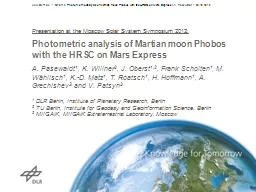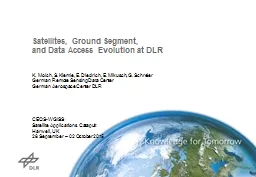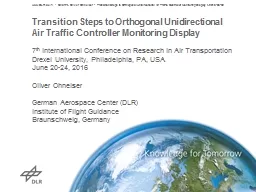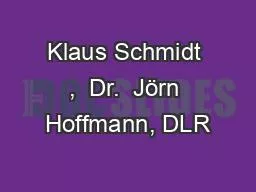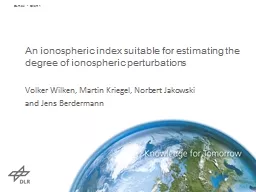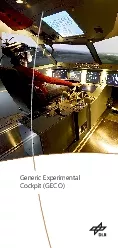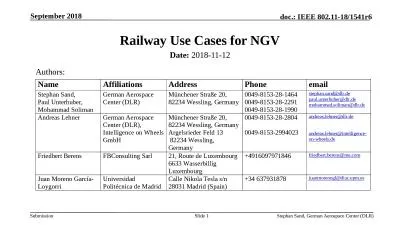PDF-DLR REFINES AIRCRAFT CABINS BY ANALYSING NOISE PATHSCASE STUDYDLR is G
Author : alida-meadow | Published Date : 2016-07-20
01 Investigate noise transmission and propagation on the Airbus A320 family of commercial aircraft while improving the RESULTSLink established between coherent uctuations
Presentation Embed Code
Download Presentation
Download Presentation The PPT/PDF document "DLR REFINES AIRCRAFT CABINS BY ANALYSING..." is the property of its rightful owner. Permission is granted to download and print the materials on this website for personal, non-commercial use only, and to display it on your personal computer provided you do not modify the materials and that you retain all copyright notices contained in the materials. By downloading content from our website, you accept the terms of this agreement.
DLR REFINES AIRCRAFT CABINS BY ANALYSING NOISE PATHSCASE STUDYDLR is G: Transcript
Download Rules Of Document
"DLR REFINES AIRCRAFT CABINS BY ANALYSING NOISE PATHSCASE STUDYDLR is G"The content belongs to its owner. You may download and print it for personal use, without modification, and keep all copyright notices. By downloading, you agree to these terms.
Related Documents

